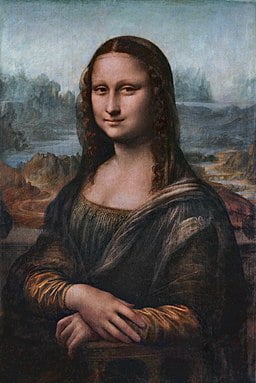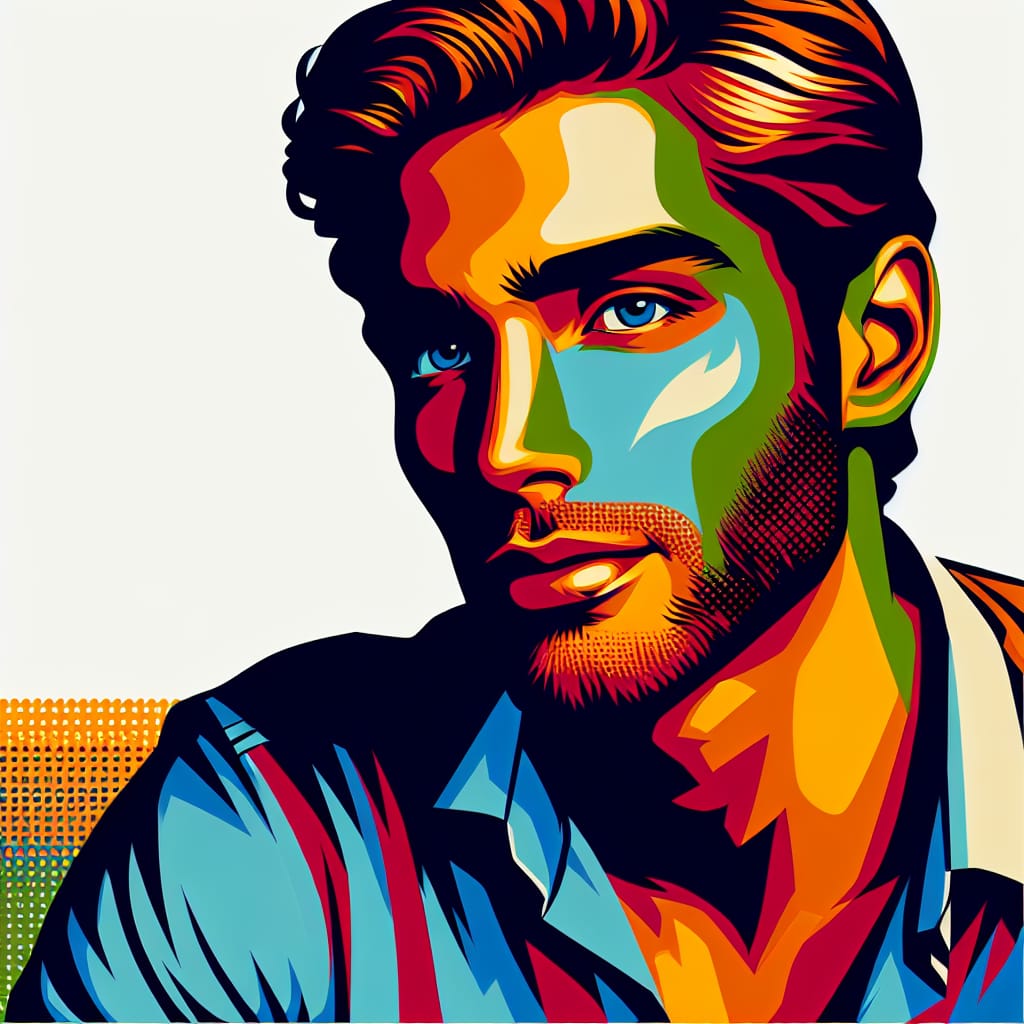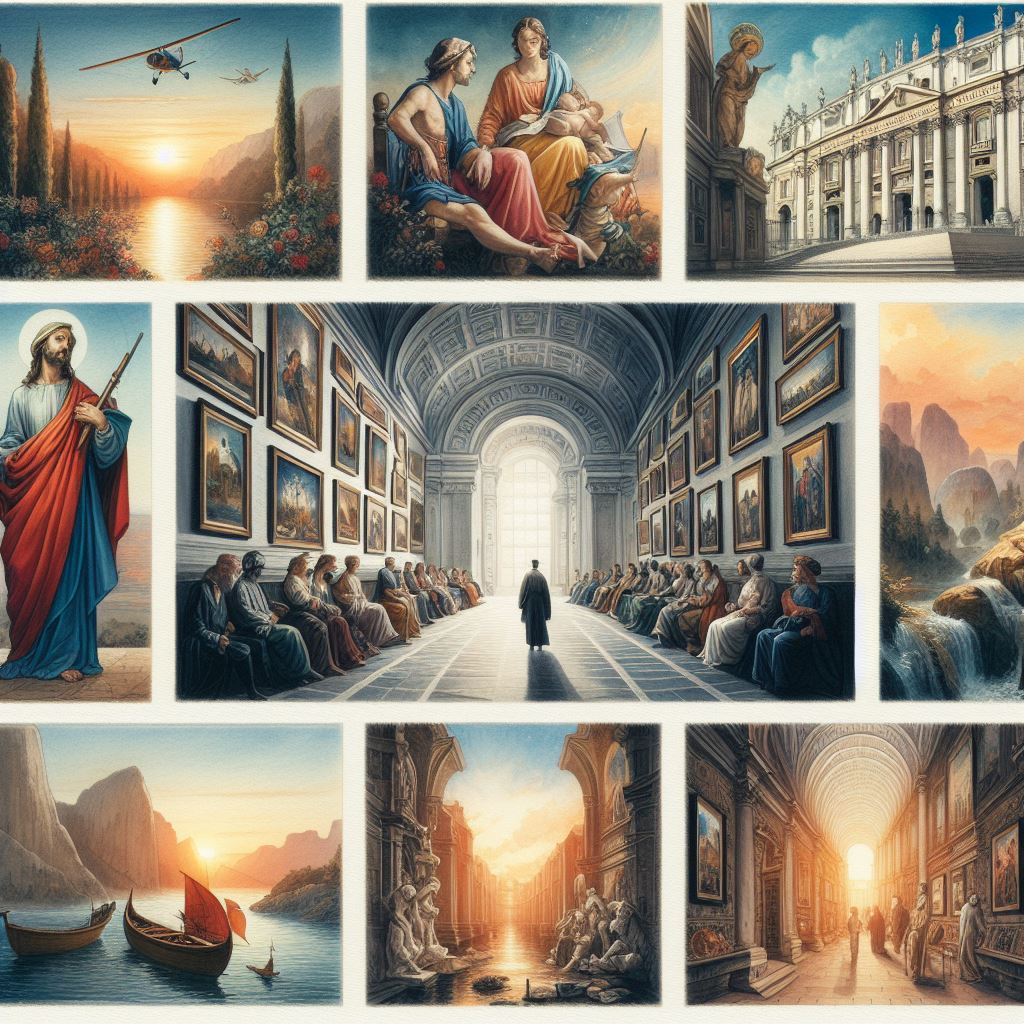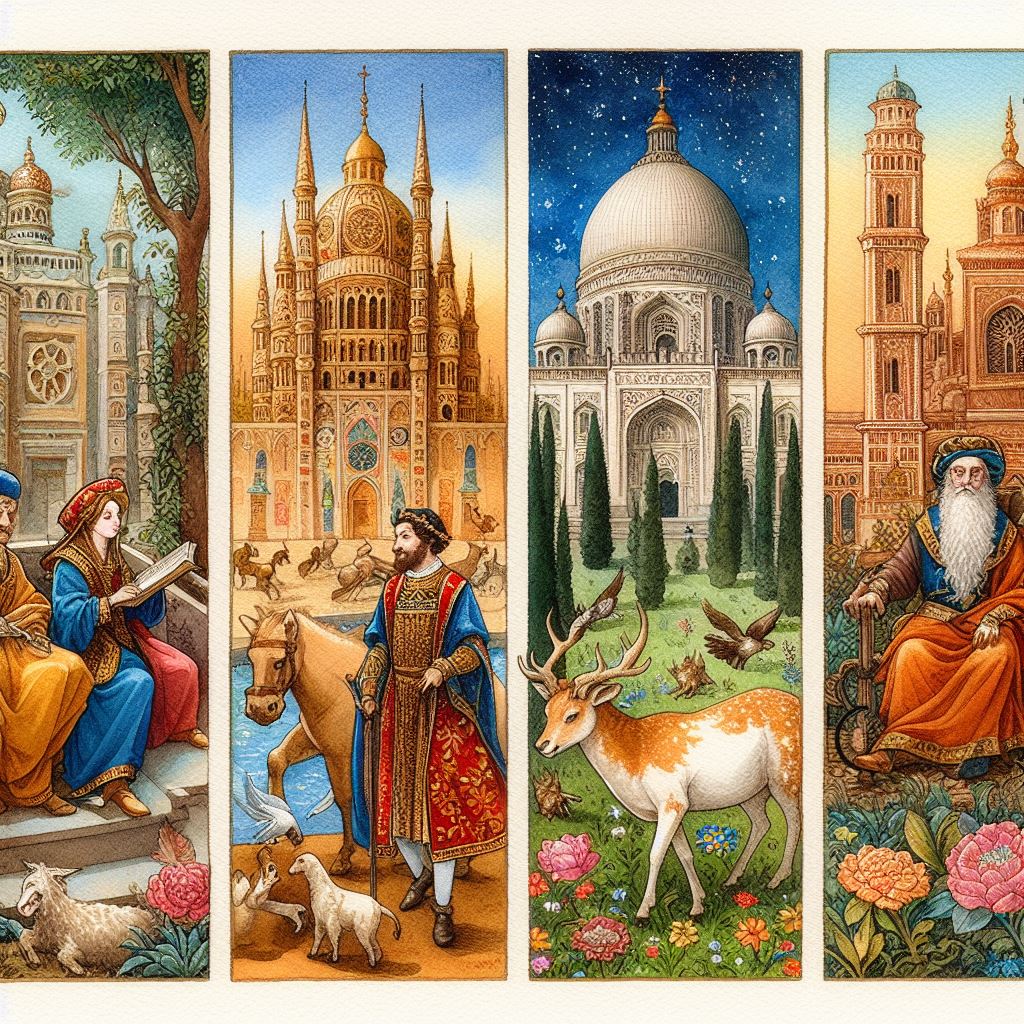
The history of painting is a long and rich one, dating back to the cave paintings of the Paleolithic era. Over the centuries, painting has evolved from simple representations of the natural world to complex and abstract works of art. Different cultures and time periods have developed their own unique styles of painting, reflecting their own values and beliefs. Some of the most famous painters in history include Leonardo da Vinci, Michelangelo, and Vincent van Gogh. Their paintings continue to inspire and amaze people all over the world.
Painters have been using their talents to capture the world around them for centuries. From the cave paintings of the Paleolithic era to the modern masterpieces of today, painting has been a powerful way to express oneself and tell stories.
Some of the most famous painters in history include Leonardo da Vinci, Michelangelo, Vincent van Gogh, Claude Monet, Pablo Picasso, Andy Warhol, Frida Kahlo, Jackson Pollock, and Willem de Kooning. These artists have all made significant contributions to the history of art, and their paintings continue to inspire and amaze people all over the world.
Table of the top 10 painters with their style, title of painting, and period:
| Painter | Style | Title of Painting | Period |
|---|---|---|---|
| Leonardo da Vinci | Renaissance | Mona Lisa | 1503-1506 |
| Michelangelo | Renaissance | The Creation of Adam | 1512 |
| Vincent van Gogh | Post-Impressionism | The Starry Night | 1889 |
| Claude Monet | Impressionism | Impression, Sunrise | 1872 |
| Pablo Picasso | Cubism | Les Demoiselles d’Avignon | 1907 |
| Andy Warhol | Pop Art | Campbell’s Soup Cans | 1962 |
| Frida Kahlo | Surrealism | The Two Fridas | 1939 |
| Jackson Pollock | Abstract Expressionism | One: Number 31, 1950 | 1950 |
| Willem de Kooning | Abstract Expressionism | Woman I | 1950-1952 |
These are just a few of the many great painters who have made significant contributions to the history of art. Their paintings continue to inspire and amaze people all over the world. Do you agree? Add comments and alternatives below!
History of Painting Periods
Prehistoric and Ancient Painting
Cave paintings
Cave paintings are some of the earliest known forms of art, dating back to prehistoric times. These paintings can be found in various locations around the world, such as the Rock Shelters of Bhimbetka in India and the Chauvet Cave in France (reference:12).
Egyptian painting
Ancient Egyptian paintings often depicted scenes of daily life, religious rituals, and mythological stories. These paintings were characterized by their use of color and symbolism, as well as their two-dimensional, stylized representations of people and animals.
Greek painting
Ancient Greek paintings were known for their naturalism and attention to detail. They often depicted scenes from mythology, daily life, and athletic competitions. Greek artists were skilled in the use of perspective and shading to create a sense of depth and realism in their paintings.
Roman painting
Roman paintings were heavily influenced by Greek art and often depicted scenes from mythology, history, and daily life. They were known for their use of perspective, shading, and naturalistic representations of people and animals.
Medieval Painting
Byzantine painting
Byzantine painting was characterized by its use of rich colors, intricate patterns, and religious themes. Iconography played a significant role in Byzantine art, with many paintings depicting Christ, the Virgin Mary, and various saints (reference:3).
Western European painting
Western European medieval painting was heavily influenced by the Christian church and often featured religious themes. These paintings were characterized by their use of elaborate patterns, symbolic use of color, and large areas of gold (reference:4).
Islamic painting
Islamic painting was known for its intricate geometric patterns, calligraphy, and the use of vibrant colors. Due to religious restrictions on the depiction of human figures, Islamic art often focused on abstract and decorative designs.
Renaissance Painting
Italian Renaissance painting
Italian Renaissance painting marked a shift towards naturalism, perspective, and the use of light and shadow. Some of the most famous Italian Renaissance paintings include Leonardo da Vinci’s “Mona Lisa,” Michelangelo’s “The Creation of Adam,” and Raphael’s “The School of Athens” (reference:56).
Northern Renaissance painting
Northern Renaissance painting was characterized by its attention to detail, realistic portrayal of textures and materials, and the use of oil paints to create luminous, jewel-like colors. Some notable Northern Renaissance artists include Jan van Eyck, Albrecht Dürer, and Hieronymus Bosch.
Baroque Painting
Italian Baroque painting
Italian Baroque painting was characterized by its dramatic use of light and shadow, rich colors, and emotional intensity. Some of the most famous Italian Baroque painters include Caravaggio, Gian Lorenzo Bernini, and Artemisia Gentileschi (reference:78).
Northern Baroque painting
Northern Baroque painting was known for its detailed realism, rich colors, and dramatic use of light and shadow. Some notable Northern Baroque painters include Rembrandt, Peter Paul Rubens, and Johannes Vermeer (reference:8).
Rococo Painting
French Rococo painting
French Rococo painting was characterized by its light-hearted, playful themes, pastel colors, and delicate, curving lines. Some famous French Rococo painters include François Boucher, Jean-Honoré Fragonard, and Jean-Antoine Watteau.
Italian Rococo painting
Italian Rococo painting was known for its elegant, decorative style, and its focus on scenes of leisure and entertainment. Some notable Italian Rococo painters include Giovanni Battista Tiepolo, Canaletto, and Pietro Longhi.
Neoclassicism
Neoclassical painting
The neoclassical painting was characterized by its emphasis on clarity, order, and clean lines, as well as its focus on classical themes from ancient Greece and Rome. Some famous Neoclassical painters include Jacques-Louis David, Jean-Auguste-Dominique Ingres, and Angelica Kauffman.
Romanticism
Romantic painting
Romantic painting was characterized by its emphasis on emotion, imagination, and the natural world. Some famous Romantic painters include Francisco Goya, J.M.W. Turner, and Eugène Delacroix.
Impressionism
Impressionist painting
Impressionist painting was known for its focus on capturing the fleeting effects of light and color in the natural world. Some famous Impressionist painters include Claude Monet, Pierre-Auguste Renoir, and Edgar Degas.
Post-Impressionism
Post-Impressionist painting
Post-Impressionist painting was characterized by its emphasis on color, form, and personal expression. Some famous Post-Impressionist painters include Vincent van Gogh, Paul Cézanne, and Georges Seurat.
Modernism
Modernist painting
Modernist painting emerged in the late 19th and early 20th centuries and was characterized by its rejection of traditional artistic conventions and its focus on experimentation and innovation. Some famous Modernist painters include Pablo Picasso, Wassily Kandinsky, and Jackson Pollock (reference:91011).
Contemporary Painting
Contemporary painting refers to art created in the present day and encompasses a wide range of styles, techniques, and subject matter. It often focuses on the viewer’s experience and the underlying concept of the work, rather than solely on aesthetic beauty (reference:1012).
Perspectives and Analysis
The radical departures of modernist painters like Picasso and Kandinsky were polarizing when first introduced. Critics like John Berger highlighted how their abstractions challenged traditional representational art and reflected a rapidly changing 20th century society. The jarring, fragmented nature of cubism and expressionism purposefully disrupted conventional reality.
Feminist art historians have analyzed how women artists throughout history, like Artemisia Gentileschi and Frida Kahlo, expressed their experiences, sexuality, and the female form in powerful contrast to the male-dominated artistic establishments. Their perspectives brought new narratives into the art world.
Some experts, like Jonathan Jones, critique how Western art historical canons have traditionally overlooked vital non-European traditions like Islamic, Asian, and African art. They call for broader, inclusive definitions of “mastery” beyond Eurocentric viewpoints.
Socioeconomic and political contexts also shape artistic analysis. Interpretations of Goya’s paintings, for instance, are inextricably tied to the social upheaval and violence of the Napoleonic era in Spain. Meanings and symbolism are filtered through specific cultural lenses.
Ultimately, art provokes questions about representation, identity, expression, and society itself – eliciting diverse reactions and dialogs over time and across different worldviews. Exploring this rich terrain of perspectives and critique elevates art appreciation beyond just learning facts and techniques.
In conclusion, the history of painting is a long and fascinating one. It is a story of creativity, innovation, and expression. Painting has been used to document history, tell stories, and express emotions. It has also been used to challenge the status quo and make a difference in the world. Today, painting is still a vital form of art. It continues to inspire and amaze people all over the world.


